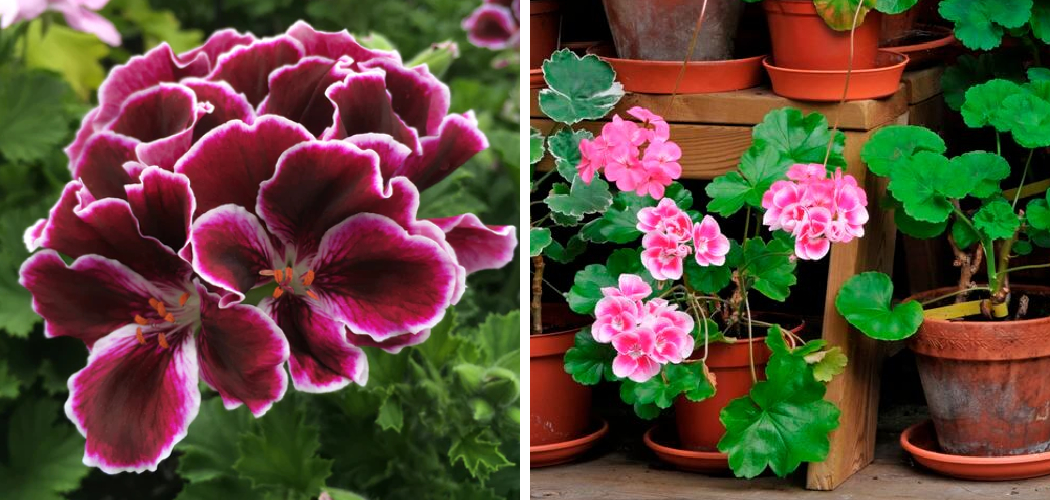To care for martha washington geraniums, provide them with well-draining soil, ample sunlight, regular watering, and occasional pruning to remove dead flowers and leggy stems. These steps will promote healthy growth and vibrant blooms for these classic garden plants.
Martha washington geraniums, also known as regal geraniums, are a popular choice for gardeners looking to add color and beauty to their outdoor spaces. With their showy flowers and delicate foliage, these plants require proper care to thrive. In this guide, we will explore the essential steps you need to take to care for martha washington geraniums, ensuring they remain healthy and vibrant throughout the growing season.
By following these tips, you can enjoy the stunning beauty of these classic garden plants in your own backyard.
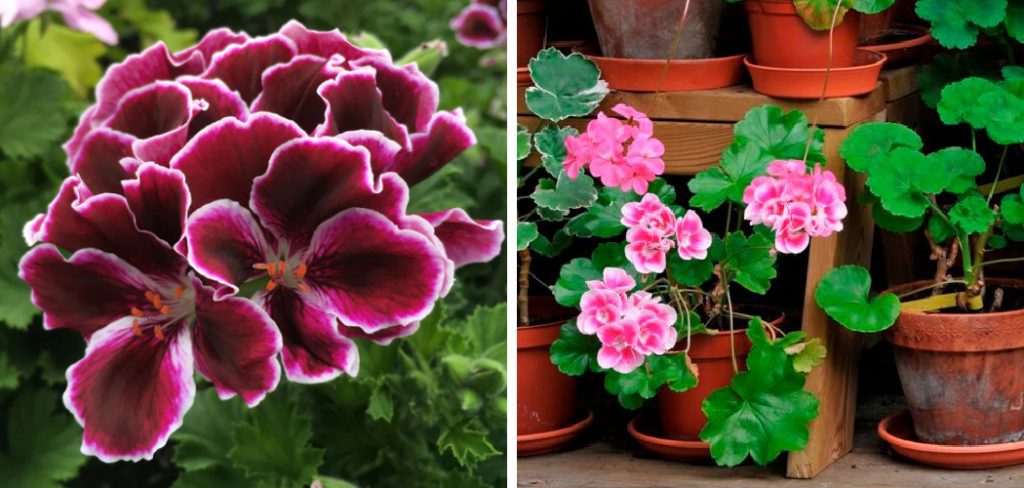
Why Choose Martha Washington Geraniums
Martha washington geraniums are the perfect choice for any gardener seeking exceptional beauty and delicate blooms. With an unmatched variety of colors, these geraniums will add a vibrant touch to any garden. The long-lasting blooms ensure that your garden will stay colorful and lively throughout the season.
Whether you’re a beginner or an experienced gardener, martha washington geraniums are easy to care for and require minimal maintenance. Plant them in well-draining soil and provide them with enough sunlight to thrive. Regularly deadhead the spent blooms to encourage new growth and enjoy a continuous display of breathtaking flowers.
With their remarkable beauty and versatility, martha washington geraniums are a fantastic addition to any garden or flowerbed. So, why settle for ordinary when you can choose the extraordinary?
How to Care for Martha Washington Geraniums: 9 Methods
Selecting The Ideal Environment For Your Geraniums
Martha washington geraniums require an ideal environment for their care. Understanding the light and temperature requirements is crucial. These geraniums thrive in full sun but can tolerate light shade. It’s important to protect them from extreme heat or cold. The soil composition plays a key role as well.
Use well-drained soil with a ph level between 6. 0 and 7. 0. Heavy clay can lead to root rot, so mix in organic matter for proper drainage. Additionally, adequate airflow is essential to prevent fungal diseases. Avoid crowding plants and provide space for air circulation.
Proactively care for your martha washington geraniums to ensure their healthy growth and vibrant blooms. Experiment with different approaches until you find the right balance for your specific environment.
Providing Optimal Watering Conditions
Martha washington geraniums require understanding their watering needs to provide optimal conditions for growth. Avoid overwatering or underwatering to maintain their health. Implement watering techniques that promote growth, such as watering around the base using a watering can or hose.
Test the soil moisture before watering to prevent excessive saturation. Ensure proper drainage by using well-draining soil and containers with drainage holes. Water deeply, allowing the water to penetrate the roots, and then let the soil dry out slightly between watering.
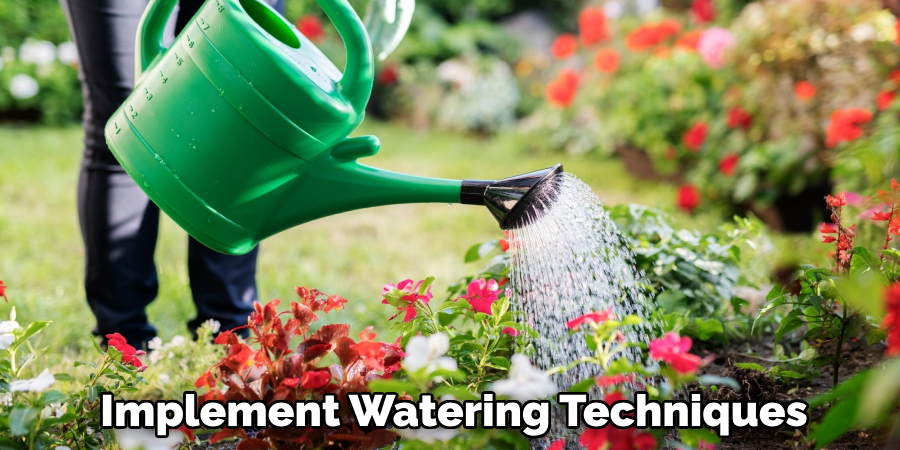
Adjust the watering frequency based on environmental conditions like temperature, humidity, and sunlight intensity. By following these watering guidelines, you can care for martha washington geraniums and provide them with the necessary conditions to thrive.
Fertilizing Martha Washington Geraniums
Fertilizing martha washington geraniums is crucial for their overall health and vitality. These plants require essential nutrients to thrive, and choosing the right fertilizer is key. When selecting a fertilizer, consider the specific needs of martha washington geraniums, such as nitrogen, phosphorus, and potassium.
Proper application and timing are also important aspects to keep in mind. Apply the fertilizer according to the instructions provided, ensuring that it reaches the root zone of the plants. Timing is crucial, and it’s best to fertilize these geraniums during their active growing season.
By providing the correct nutrients and following proper fertilization techniques, you can promote healthy growth and vibrant blooms in your martha washington geraniums.
Pruning And Deadheading Techniques
Pruning and deadheading techniques are essential for promoting bushier growth in martha washington geraniums. By effectively removing faded blooms, you stimulate the plant to produce more flowers. Timing and frequency are crucial factors to consider when pruning these geraniums. It’s best to prune in early spring before new growth emerges, and occasionally throughout the growing season to maintain shape and encourage new shoots.
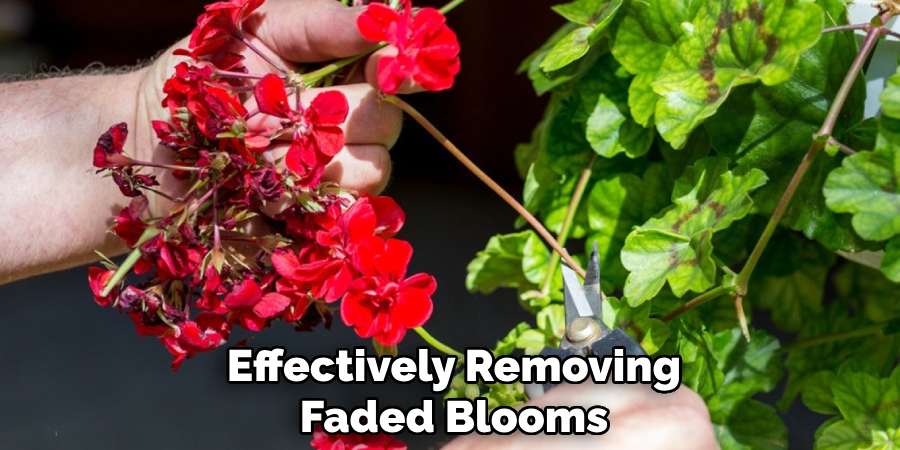
Make clean cuts just above a leaf node or bud to prevent disease and promote healthy regrowth. Deadheading, on the other hand, involves removing spent flowers to prevent the plant from wasting energy on seed production. Regular deadheading can prolong the blooming period of the geraniums and keep them looking tidy.
Remember to discard the pruned material properly and sterilize your tools to prevent the spread of any potential diseases.
Preventing And Managing Common Diseases
Martha washington geraniums require proper care to prevent and manage common diseases. Identifying these diseases is crucial. It is important to implement effective prevention strategies. Treatment options should be considered based on the specific diseases affecting the geraniums. By closely monitoring the plants, one can detect any signs of diseases at an early stage.
Regular inspections help in maintaining the health of these geraniums. Implementing good gardening practices, such as providing adequate sunlight and well-draining soil, can help prevent most diseases. In case any disease is detected, appropriate treatment methods should be applied promptly.
Following these guidelines will ensure that your martha washington geraniums stay healthy and vibrant throughout the growing season.
Propagation Methods For Martha Washington Geraniums
Martha washington geraniums can be cared for using three propagation methods. Starting from seed is one option, providing a cost-effective way to expand your collection. Rooting stem cuttings is another technique, which allows you to clone your favorite plants. Finally, division is a method for established plants.
By carefully separating the root ball, you can create new individuals. Each method has its own benefits and considerations, so it’s essential to choose the one that suits your needs and preferences. Experimenting with these propagation techniques will not only help you expand your geranium collection but also provide a rewarding experience as you watch new plants grow and thrive.
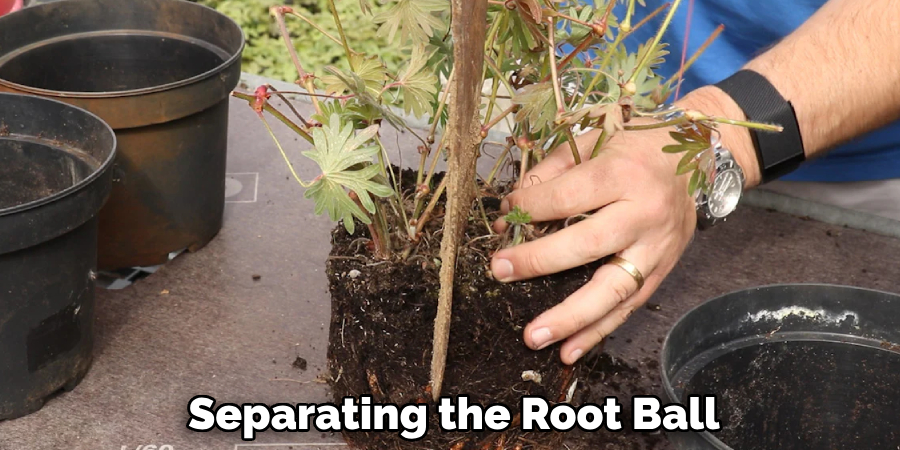
So go ahead and give it a try!
Overwintering Your Geraniums
Overwintering your geraniums involves preparing the plants for winter and ensuring ideal storage conditions. Martha washington geraniums are sensitive to frost, so it’s crucial to take necessary steps to protect them. Before the frost arrives, dig up the geraniums from the ground or containers.
Gently shake off any excess soil, and trim back the foliage and stems. Next, store the plants in a cool, dark location with a temperature around 45-50°f (7-10°c). It’s important to avoid direct sunlight and provide proper air circulation. Check on the plants periodically to ensure they’re not drying out and mist them lightly with water if needed.
Once spring arrives, gradually reintroduce the geraniums to sunlight and warmer temperatures. Increase watering and fertilization to encourage new growth. Following these steps will help your geraniums thrive year after year.
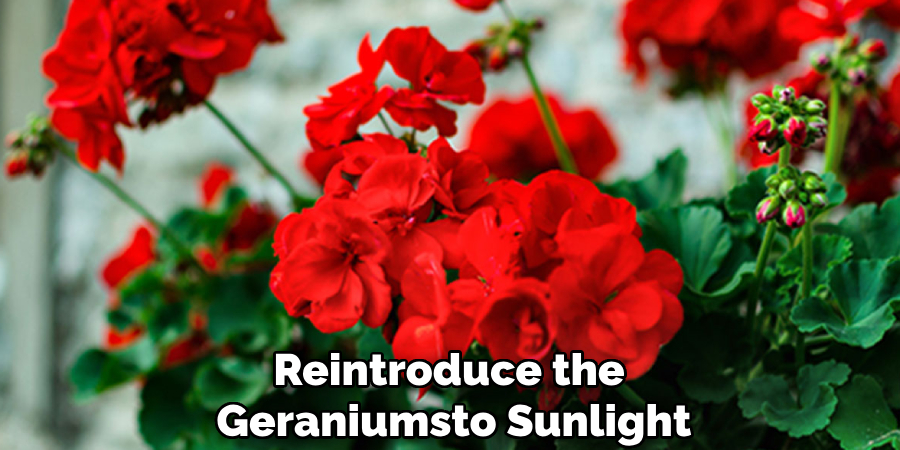
Troubleshooting And Problem-Solving
Martha washington geraniums require proper care to prevent yellowing leaves and nutrient deficiencies. Regularly check for pests and infestations that can hinder their growth. If unexpected growth issues arise, address them promptly. Monitor watering levels, as overwatering can lead to root rot.
The geraniums thrive in well-drained soil with adequate sunlight. Fertilize with a balanced, water-soluble fertilizer every two to four weeks during the growing season. Pinch off yellowing or dead leaves to promote healthy growth. Regular pruning will encourage bushier plants.
Removing faded flowers will also stimulate more blooms. By following these guidelines, you can maintain vibrant and healthy martha washington geraniums in your garden. Keep an eye on their development and make adjustments as needed, ensuring their longevity and beauty.
Showcasing Your Martha Washington Geraniums
Martha washington geraniums require special care to keep them healthy and vibrant. When showcasing your geraniums, get creative with display ideas to enhance their beauty. Consider companion planting suggestions to maximize their growth and protect them from pests. Engaging in the gardening community is a great way to learn from experienced gardeners and exchange tips and tricks.
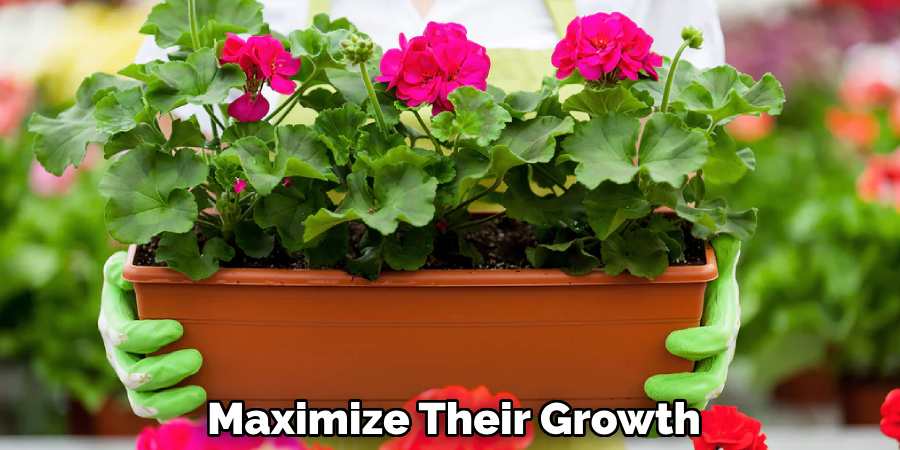
Share your knowledge and passion with others who are also interested in martha washington geraniums. Together, you can create a thriving and supportive community that celebrates the beauty of these unique plants. Start by exploring various display options, experimenting with companion plants, and connecting with fellow garden enthusiasts to make the most of your martha washington geraniums.
Happy gardening!
Frequently Asked Questions Of How To Care For Martha Washington Geraniums
How Often Should You Water Martha Washington Geraniums?
Water martha washington geraniums once a week or when the top inch of soil feels dry to the touch. Avoid overwatering as it can lead to root rot. Be sure to water at the base of the plant and avoid wetting the leaves to prevent fungal diseases.
Can Martha Washington Geraniums Tolerate Direct Sunlight?
Martha washington geraniums prefer bright but indirect sunlight. They can tolerate a few hours of morning or evening sun, but direct afternoon sun can scorch their leaves. Place them in a spot with filtered or dappled sunlight for best results.
How Do You Prune Martha Washington Geraniums?
To prune martha washington geraniums, remove any dead or yellowing leaves and spent flowers regularly. Pinch off the tips of the stems to encourage bushier growth. Take care not to remove more than one-third of the plant at a time to avoid stressing it.
When Should You Fertilize Martha Washington Geraniums?
Fertilize martha washington geraniums every two to four weeks during the growing season. Use a balanced water-soluble fertilizer and follow the package instructions for proper dilution. Avoid over-fertilizing as it can burn the roots and harm the plant.
Can Martha Washington Geraniums Be Grown Indoors?
Yes, martha washington geraniums can be grown indoors. Place them near a sunny window or under grow lights for at least 6 hours of indirect sunlight per day. Ensure good air circulation and keep the temperature between 60-75°f to promote healthy growth.
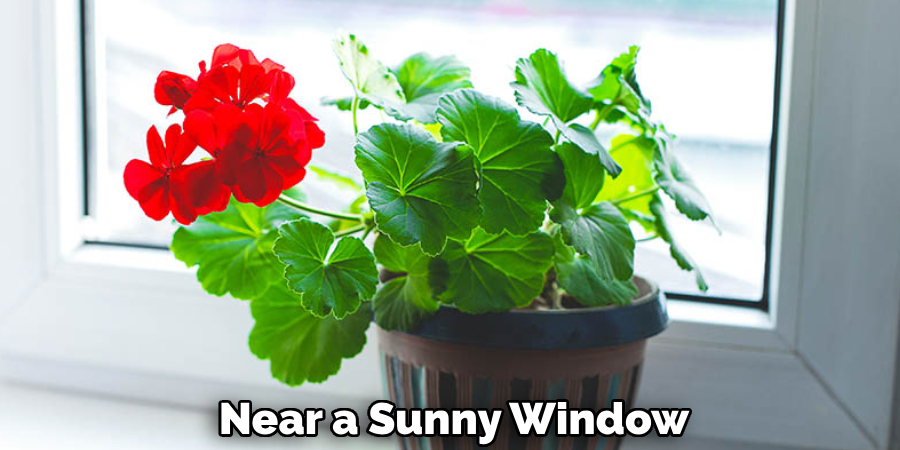
Conclusion
Caring for martha washington geraniums is not as daunting as it may initially seem. By following these simple guidelines, you can ensure that these beautiful plants thrive in your garden or indoor space. Remember to provide them with the right amount of sunlight, water them adequately but not excessively, and be mindful of the temperature and humidity levels.
A well-draining soil mix, regular pruning, and fertilizing during the active growing season will also contribute to their overall health and vigor. By understanding the unique needs of martha washington geraniums and giving them the right care, you can enjoy their vibrant colors and delightful fragrance year after year.
Whether you’re a seasoned gardener or a beginner, these tips will help you create a nurturing environment for these charming plants. With a little patience and dedication, you’ll be rewarded with stunning blooms and a garden that flourishes. So, go ahead and dive into the world of martha washington geraniums – you won’t be disappointed!

